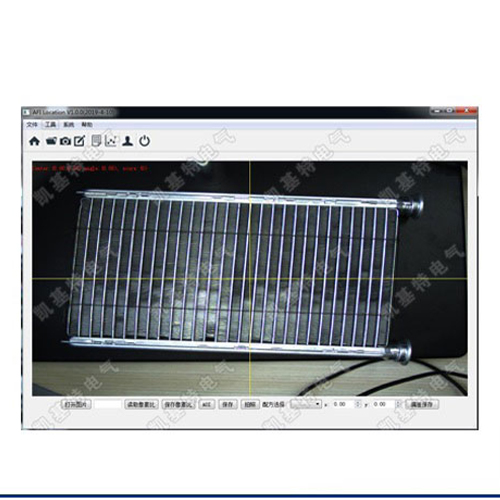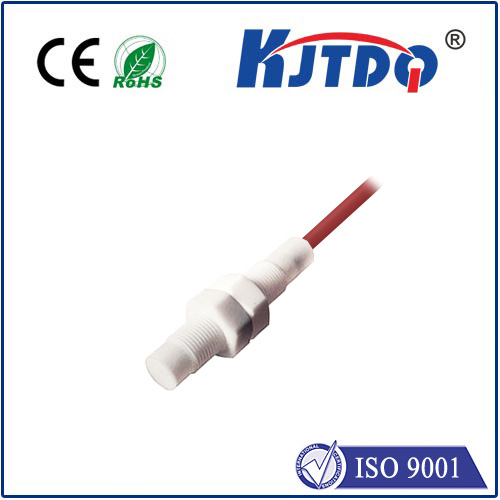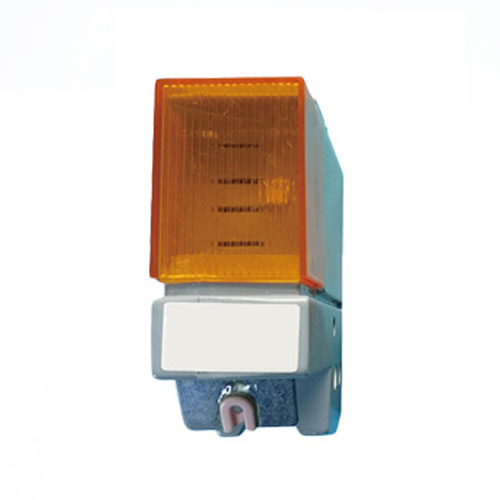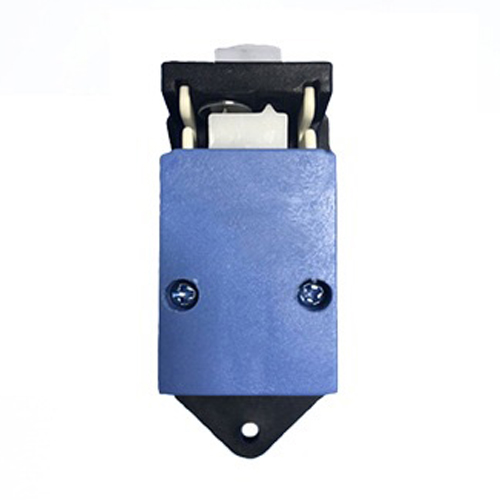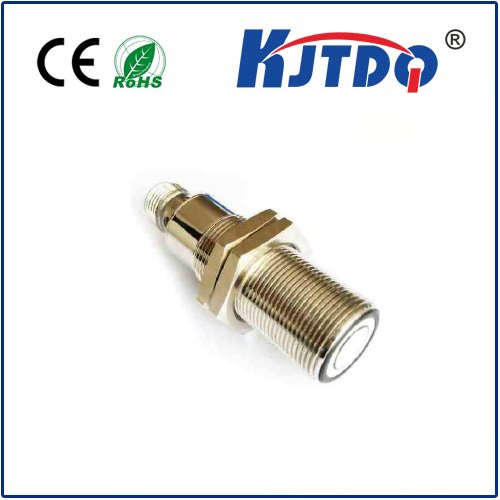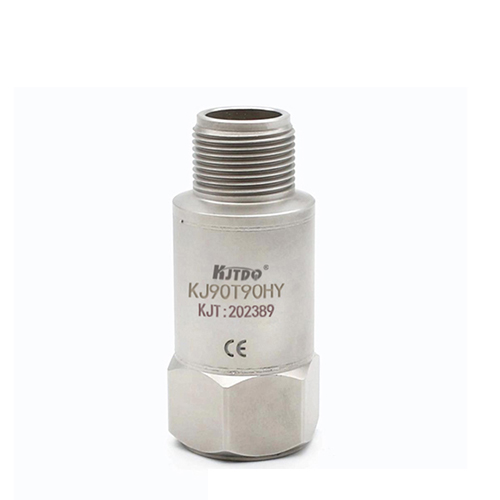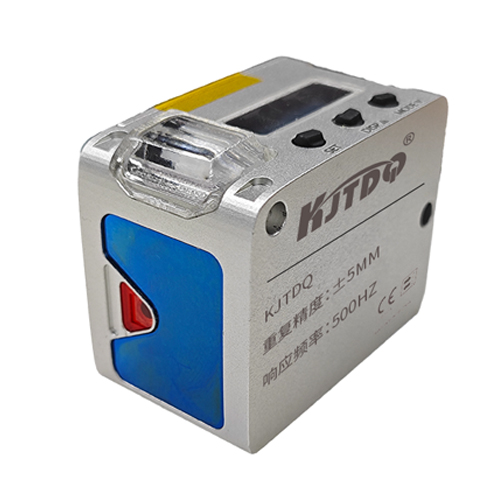12mm proximity sensor
- time:2025-07-04 00:54:26
- Нажмите:0
The Versatile 12mm Proximity Sensor: Compact Power for Industrial Automation
Imagine a robotic arm on a high-speed assembly line, smoothly halting millimeters before delicate components. Or envision a conveyor system effortlessly counting items without physical contact. These feats of modern automation depend on a small but critical component: the 12mm proximity sensor. This compact workhorse silently detects the presence or absence of objects, enabling countless processes across diverse industries. Offering the ideal balance of sensing range, physical size, and reliability, the 12mm proximity sensor has become a fundamental building block in automation, machinery safety, and precise control systems. Its non-contact detection capability eliminates wear and tear, ensuring longevity and consistent, maintenance-free operation.
Understanding the Core Technology
At its heart, a датчик приближения detects nearby objects electromagnetically or capacitively, without physical contact. Inductive sensors (the most common type for metal detection) generate an oscillating electromagnetic field. When a metallic target enters this field within the specified 12mm sensing range, it causes disturbances (eddy currents) that are detected by the sensor’s circuitry. Capacitive sensors work similarly but detect changes in capacitance caused by both metallic and non-metallic materials (like plastic, wood, or liquids) approaching the sensing face. The 12 mm proximity sensor designation refers specifically to the rated nominal sensing distance – the distance at which it reliably detects a standard target under defined conditions. This индуктивный датчик size is particularly renowned for its versatility and robust performance.

Why 12mm? The Goldilocks Zone of Sensing Range
The 12mm sensing distance occupies a crucial niche:
- Optimal Reach: It provides significantly more working distance than smaller sensors (like 4mm or 8mm), allowing easier mounting and tolerating more mechanical vibration or misalignment. This extra space simplifies installation and enhances reliability.
- Space Efficiency: Compared to larger sensors (e.g., 18mm or 30mm), the 12mm proximity sensor offers substantial space savings. Its compact size allows installation in tight locations where larger sensors simply wouldn’t fit, a critical advantage in modern, densely packed machinery and automation cells.
- Robust Performance: Sensors in this range consistently offer excellent immunity to environmental factors like cutting fluids, dust, and typical industrial vibrations. They strike a balance between detection capability and resilience demanded by harsh factory floors. Their high switching frequency allows them to respond incredibly fast to rapidly moving objects on production lines.
Diverse Applications Driving Industry
The 12mm proximity sensor finds indispensable roles across numerous sectors:
- Industrial Automation & Robotics: On assembly lines, they count parts, verify part presence or orientation in fixtures, control robotic arm end positions, and detect cylinders. They are fundamental for sequencing and process control.
- Packaging Machinery: Ensuring fill level detection in containers, verifying cap placement, detecting labels or film presence, and controlling conveyor movement during boxing or palletizing operations.
- Перевозка материалов: Crucial for position sensing on conveyors, elevators, and automated storage systems. They detect pallets, control gate openings, and prevent collisions.
- Automotive Manufacturing: Used extensively for precision positioning during welding, verifying door or panel closures on assembly lines, and monitoring fluid levels in reservoirs. Their non-contact operation is vital near moving parts.
- Printing & Paper Processing: Detecting paper jams, verifying roll presence, controlling web tension, and monitoring ink levels reliably near moving paper and rollers. They excel where contact methods would damage delicate materials.
- Machine Safety: Implementing door/open guard monitoring to ensure operator safety before machines activate, acting as vital interlocks.
Key Features and Selection Considerations
When specifying a 12 mm proximity sensor, several factors are paramount:
- Sensor Type: Inductive proximity sensors are used almost exclusively for ferrous and non-ferrous metal targets. For non-metallic targets, конденсаторный датчик might be necessary, although 12mm inductive remains dominant for metal detection.
- Output Configuration: NPN (Sinking) or PNP (Sourcing) transistor outputs are standard. Choose based on PLC or controller input card compatibility. NO (Normally Open) or NC (Normally Closed) contacts define the switching logic.
- Housing Material: Nickel-plated brass is common for robustness and corrosion resistance. Stainless steel housings are essential for extreme environments (food processing, chemical exposure, high-pressure washdown).
- Sensing Face Style: Shielded (flush mountable) sensors offer a narrower field and can be mounted flush in metal, which is crucial for many applications. Unshielded (non-flush) sensors provide a longer lateral sensing range but require mounting clearance around them.
- Electrical Specifications: Critical parameters include operating voltage range (typically 10-30V DC), output current capacity, switching frequency, and environmental ratings like IP67 (dust-tight and protected against temporary immersion) or IP69K (protected against high-pressure, high-temperature washdown).
Ensuring Peak Performance and Longevity
Maximizing the benefits of your 12mm proximity sensor involves:
- Precise Mounting: Ensure stable mounting to minimize vibration effects. Respect the specified gap between shielded sensors and surrounding metal. Adhere to the 12mm nominal sensing distance as a guideline, noting that actual detection can vary slightly based on target material, size, and environmental conditions.
- Target Alignment & Material: Position the target perpendicular to the sensor’s face for optimal detection. For inductive sensors, remember detection range varies with the target metal type and size (steel offers maximum range).
- Environmental Protection: Select the appropriate IP rating (e.g., IP67 or IP69K) based on exposure to dust, moisture, oils, or washdown procedures. While inherently rugged, correct protection ensures longevity.
- Electrical Protection: Employ suppression diodes or modules if connecting to inductive loads (relays, solenoids) to protect the sensor’s output transistor from voltage spikes. Ensure proper grounding.
From intricate robotics to heavy-duty production machinery, the 12mm proximity sensor delivers unmatched reliability and precision in a compact, durable package. Its non-contact detection capability fundamentally enhances system design, reduces maintenance costs, and boosts operational efficiency. Understanding its core technology, versatile 12mm sensing distance, and key application areas empowers engineers and technicians to leverage this essential component effectively, driving innovation and productivity across countless industrial and automation challenges.








